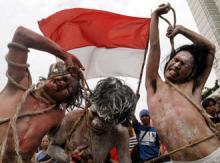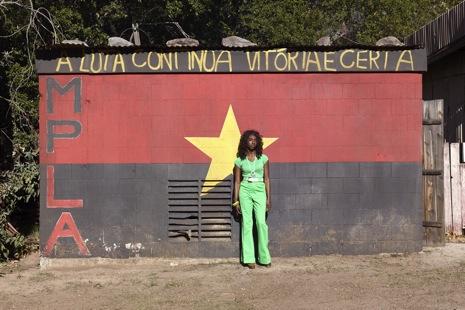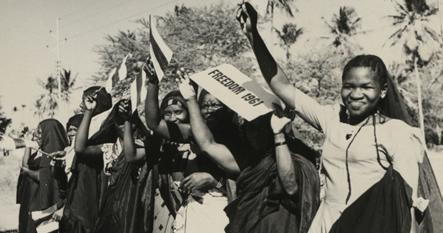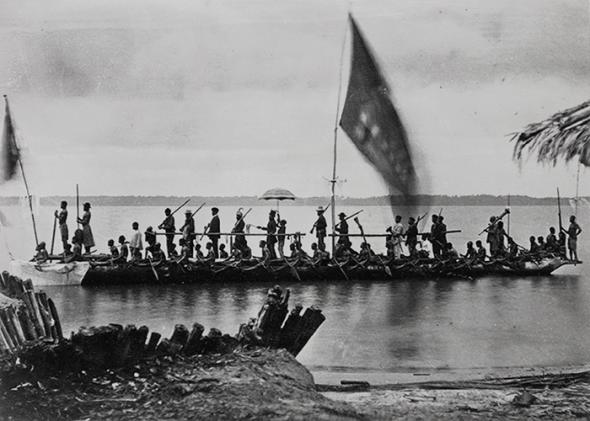KLICK!
Your View of Human Rights and Globalization

Show us your daily life. What affects you and your surroundings. Let us see the world from your point of view.
With “Klick”, the photo competition from the Deutsche Welle Global Media Forum, we are looking for photos that depict situations that you associate with major issues facing the world today. For the 2011 edition, we are specifically looking for images that reflect your view of human rights or globalization, or pictures of projects, actions and campaigns that bring attention to human rights. The Deutsche Welle Global Media Forum will use these remarkable images to create a photographic world atlas – a visual platform mapping the changes and issues that are taking place in our own backyards.
“Klick” is an initiative from the Deutsche Welle Global Media Forum designed to create a visual record of these personal impressions by and for people around the world. The focus is not only on spectacular events, but also on each individual’s own, personal perspective on human rights and globalization.
Send us your photos, take part in the competition and be a part of history.
This is how it works:
1. Choose a photo with people/groups of people
Human rights and globalization always share one focus: people. That’s why we are looking for photos with situations involving people. It doesn’t matter if they are in the foreground or background, one individual or a group – the important thing is that they play a part in the motif you have chosen. With this in mind, choose a photo that you personally feel has a connection to human rights and globalization. Please send us the photos in print quality with a high resolution of at least 300 dpi, so that we will be able to publish them or print them for an exhibit. For technical reasons, the file size may not exceed 10 MB.
2. Write a short description for your photo
This should include the following information:
- A description of the photographed scene in English (140 characters max.)
- The scene’s location – if possible, with coordinates
- Photographer’s name
- Date the photo was taken
- Photographer’s country of origin and place of residence
3. Send an e-mail
Send your photo(s) and description to:
klick@dw-world.de (max. 10 MB)
The Deutsche Welle Global Media Forum team will then post the photos and descriptions online. The corresponding map with the photos and their locations will be integrated into the Global Media Forum website at www.dw-gmf.de. The editorial staff from the Deutsche Welle Global Media Forum will decide which photos will be published. No claims can be made for unpublished photos. Please be aware that by sending your e-mail, you guarantee that you own the rights to, and are allowing for the unlimited usage and publication of, the submitted photo.
4. Your chance to win!
People from around the world will have the chance to vote online to select the 30 best photos, which will then be part of an exhibit at the 2011 Global Media Forum. Global Media Forum participants and guests will then select three winners from the 30 in the exhibition.
Winners will receive:
1st place: iPod Nano (8 GB)
2nd place: iPod Shuffle (2 GB)
3rd place: USB Stick (4 GB)
5. Deadlines
Deadline for entries is April 20, 2011
Online voting begins on April 25, 2011
Winners will be informed via e-mail and will receive their prizes via post.
Good luck!



 Visit the website at
Visit the website at 
